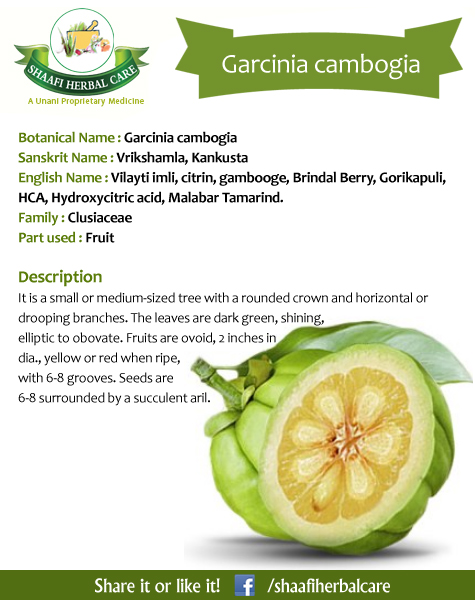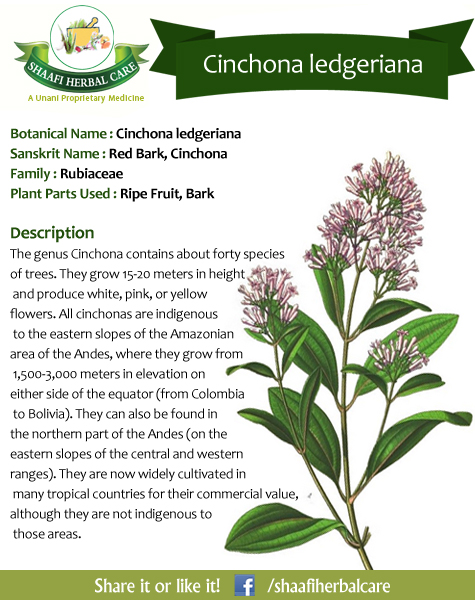
Description:
This singular plant gets its generic name of Paris quadrifolia:ame of Paris from par (paris), equal on account of the regularity of its leaves. In olden times it was much esteemed and used in medicine, but to-day its use is almost confined to homoeopathy. It is a herbaceous perennial plant found in moist places and damp shady woods. It has a creeping fleshy rootstock, a simple smooth upright stem about 1 foot high, crowned near its top with four pointed leaves, from the centre of which rises a solitary greeny-white flower, blooming May and June with a foetid odour; the petals and sepals remain till the purply-blackberry (fruit) is ripe, which eventually splits to discharge its seeds.
Constituents: A glucoside called Paradin.
Medicinal Uses:
Narcotic, in large doses producing nausea, vomiting, vertigo, delirium convulsions, profuse sweating and dry throat. The drug should be used with great caution; overdoses have proved fatal to children and poultry. In small doses it has been found of benefit in bronchitis; spasmodic coughs, rheumatism; relieves cramp, colic, and palpitation of the heart; the juice of the berries cures inflammation of the eyes. A cooling ointment is made from the seeds and the juice of the leaves for green wounds and for outward application for tumours and inflammations. The powdered root boiled in wine is given for colic. One or 2 scruples acts as an emetic in place of Ipecacuanha.
It has been used as an aphrodisiac – the seeds and berries have something of the nature of opium. The leaves in Russia are prescribed for madness. The leaves and berries are more actively poisonous than the root.
Herb Paris is useful as an antidote against mercurial sublimate and arsenic. A tincture is prepared from the fresh plant.


